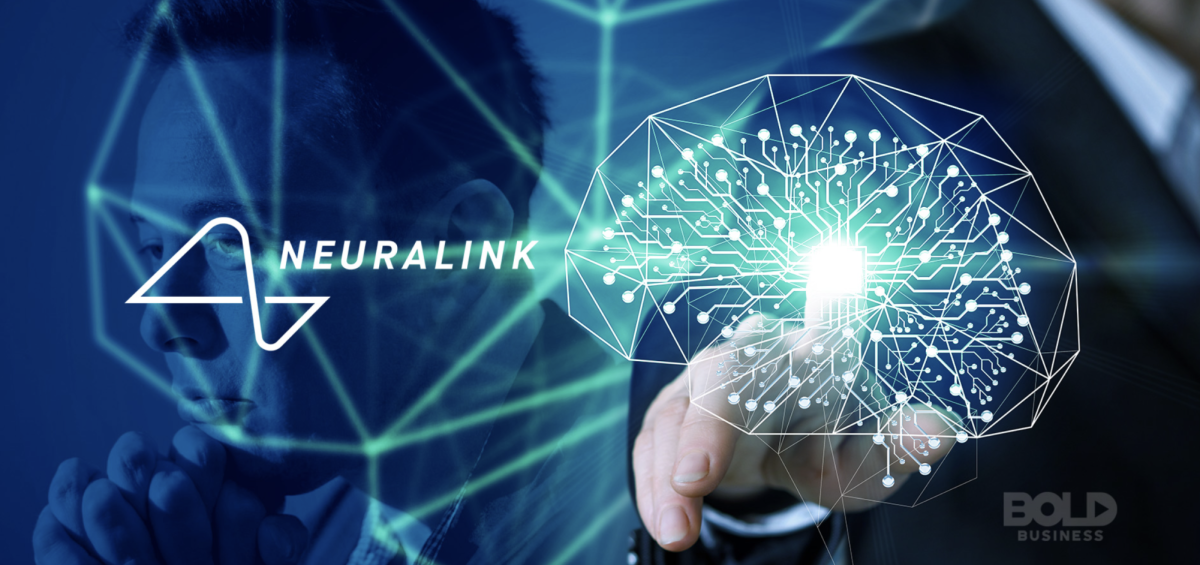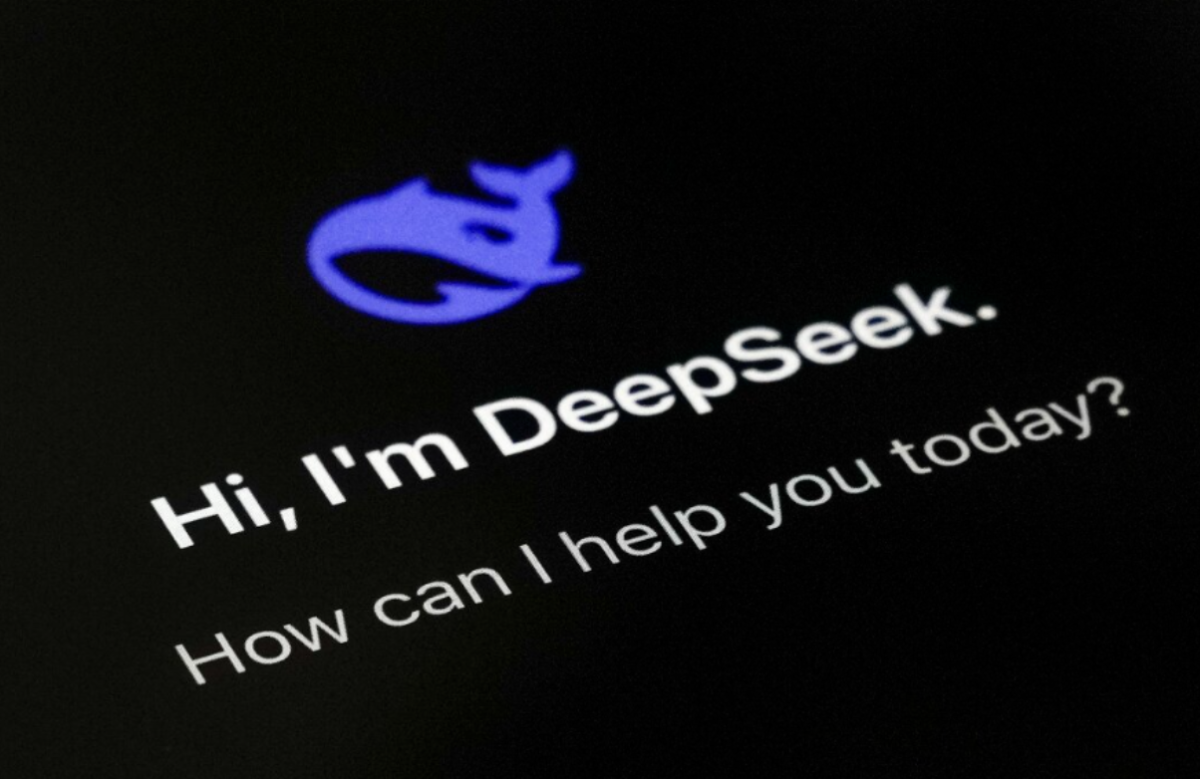Elon Musk, the CEO of Tesla, Inc., has once again broken the barrier of innovation, extending his influence from the realms of space exploration and the electric vehicle sector to the human mind with his company Neuralink.
Neuralink is a technology company known for building devices designed to connect human brains directly to computers. Their newest device, dubbed “the Link,” is a coin-sized brain chip which is surgically embedded under the skull with ultra-thin wires going into the brain and developing a brain-computer interface (BCI). The disk is meant to register brain activity and relay information to a device such as a smartphone through a common Bluetooth connection.
On Jan. 29, Neuralink made an important stride toward the future with the first successful implantation of a chip into a human brain. Although this recent news is very important for the future of technology, there are some concerns over the safety of the product. Musk has long vocalized his concerns about AI surpassing human intelligence and posing existential risks. Through Neuralink, Musk envisions a pathway where people can augment their cognitive abilities and bridge the gap between human and digital intelligence.
Not everyone is as optimistic as Musk, though.
“Things are moving extremely fast,” said Upper School computer science teacher Mitchell Griest. “We’re starting to lay the groundwork of our understanding of our brain, but it’s still really early.”
Considering how little is known about the brain compared to other parts of the human anatomy, others question if society has the necessary level of understanding when it comes to building safe products.
“The fact is that the brain is so unique to everybody and it controls everything about you,” said upper school computer science teacher Bobby Bryant. “It’s like, if a wire goes in the wrong spot, does it now impact your ability to breathe? Does it stop your heart?”
As Neuralink progresses, the impact it will have on society has become a topic of discussion. The integration of BCI’s into everyday life could alter how we communicate, learn, and interact with our environment. With great power comes great responsibility, and Neuralink’s endeavors are no exception. The ability to interface directly with the human brain raises profound ethical questions.
“Even now we’re being tracked for everything we do on the internet and I feel like [this is] taking it to the next level. I don’t know if we need to go there,” said sophomore Joshua Luo.
“I do not trust Elon Musk as the head of a company enough that I would want something in my head.” said Griest. “I think he’s made it clear multiple times with his other companies that he is willing [to], and has a propensity for, pushing a product into the real world before it’s ready and uses the people that use that product as the testing grounds for it.”
Musk has endured backlash from the public multiple times, facing multiple animal cruelty allegations. The company first tested its technology on animals before humans and has killed more than 1500 animals since 2018.
After a federal investigation conducted during late 2022, Reuters reported that “current and former Neuralink employees say the number of animal deaths is higher than it needs to be for reasons related to Musk’s demands to speed [up] research.”
While Musk believes that the benefits of Neuralink outweigh the ethical costs of speeding up production, some believe there are other solutions which can be cruelty-free.
“If you look at Stephen Hawking, he had an accessibility tool that had an interface which allowed him to speak and move and exist in the world,” said Griest. “If not [for that], we might have missed out on a lot of his genius.”
In medical science, the Link has the potential to offer revolutionary treatments for neurological disorders, restoring sensory functions, and even enhancing cognitive abilities. Individuals could share thoughts, emotions, and experiences directly. In the workplace, workers could potentially interact directly with computers and machinery.
Learning could become a more immersive and efficient process, with students potentially downloading information directly into their brains or experiencing virtual environments that simulate real-world scenarios.
“I mean, at some point in time, you’ve got to try things… because the advancements that we’ve made in medicine have been because we have tried things …if we hadn’t tried things, then we wouldn’t have figured out the flu vaccine, or the other things that we have discovered,” said Bryant.
“I think I just try to have a posture of curiosity and interest rather than one of fear,” said Innovation Fellows advisor Stephen Addcox. “Even in the earliest days of the Industrial Revolution, people were trying to break the machines because they felt like they were changing their lifestyle too much…it’s just a natural evolution.”
With such profound advancements on the doorstep of humanity, the conversation has shifted to ponder the implications for the future. We’ve now entered a completely new age, a frontier of human potential and technology that once resided in the realm of pure science fiction. With the introduction of AI, VR, and now Neuralink, who knows what will be next?
Edited by Ayan Chaganthi





